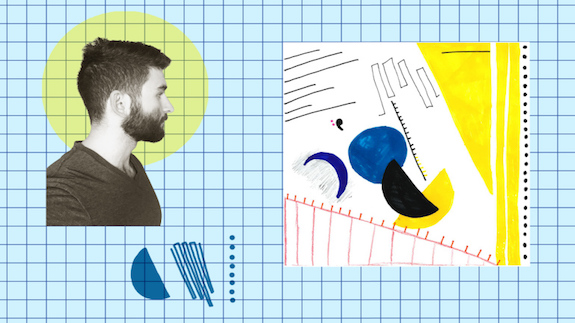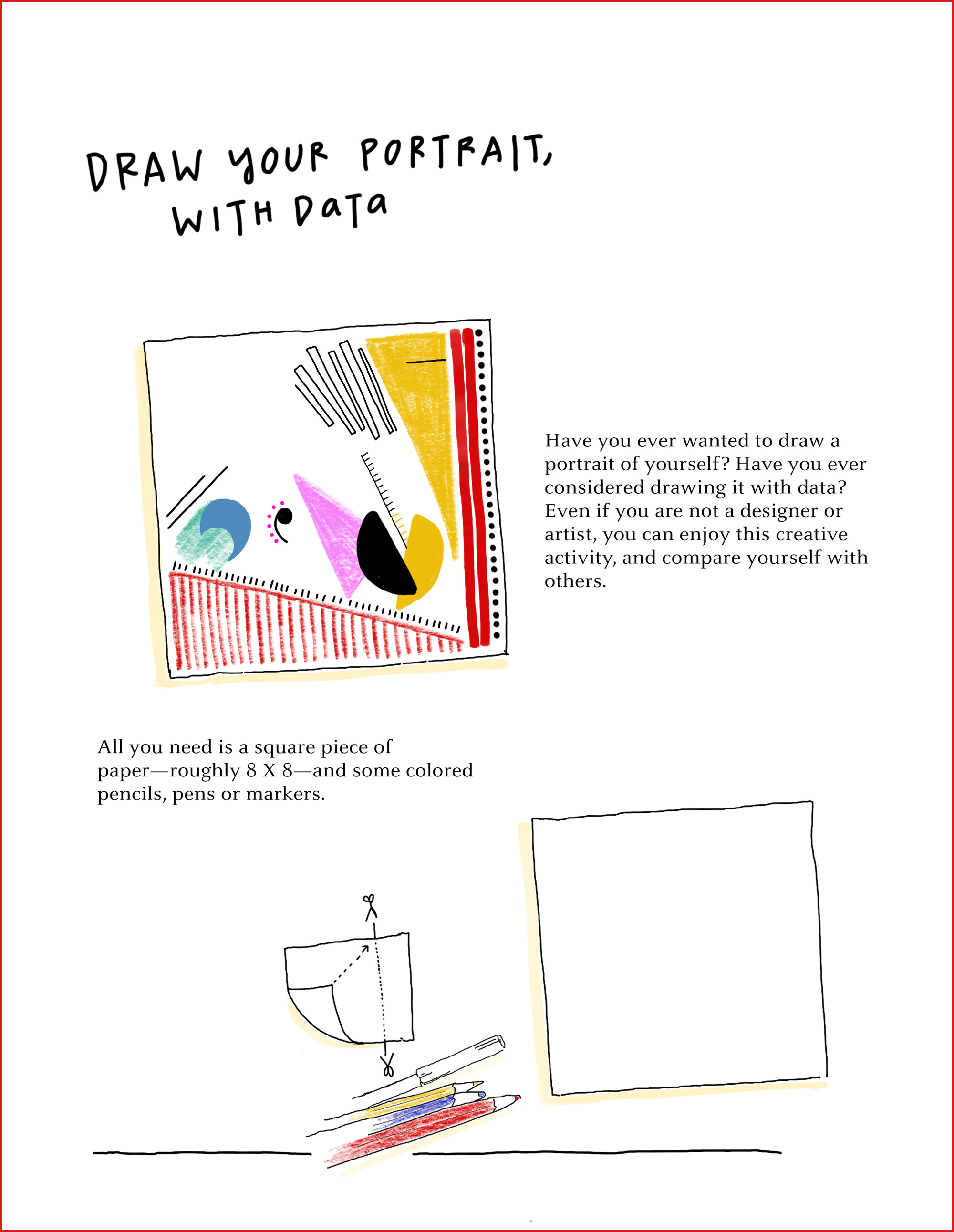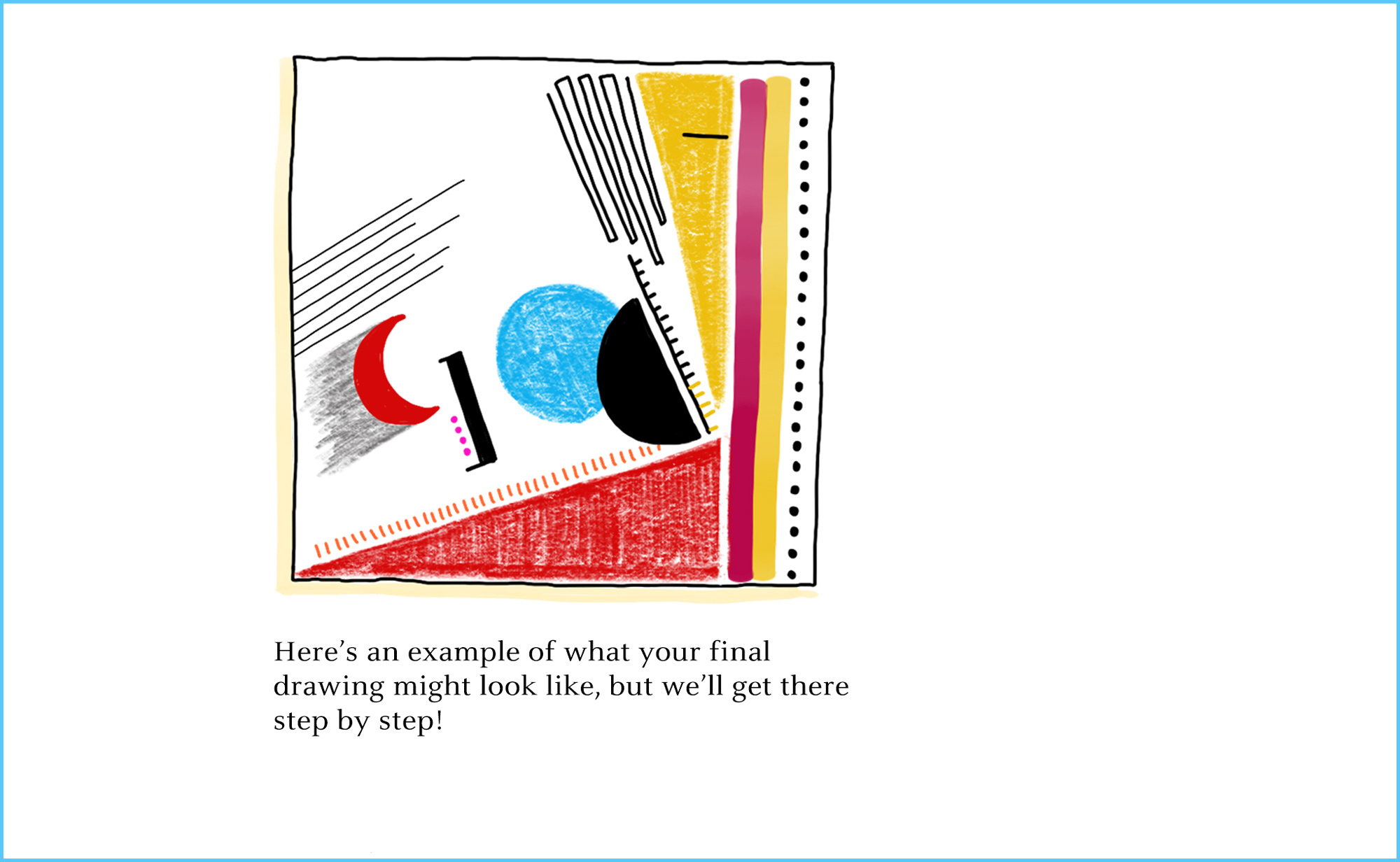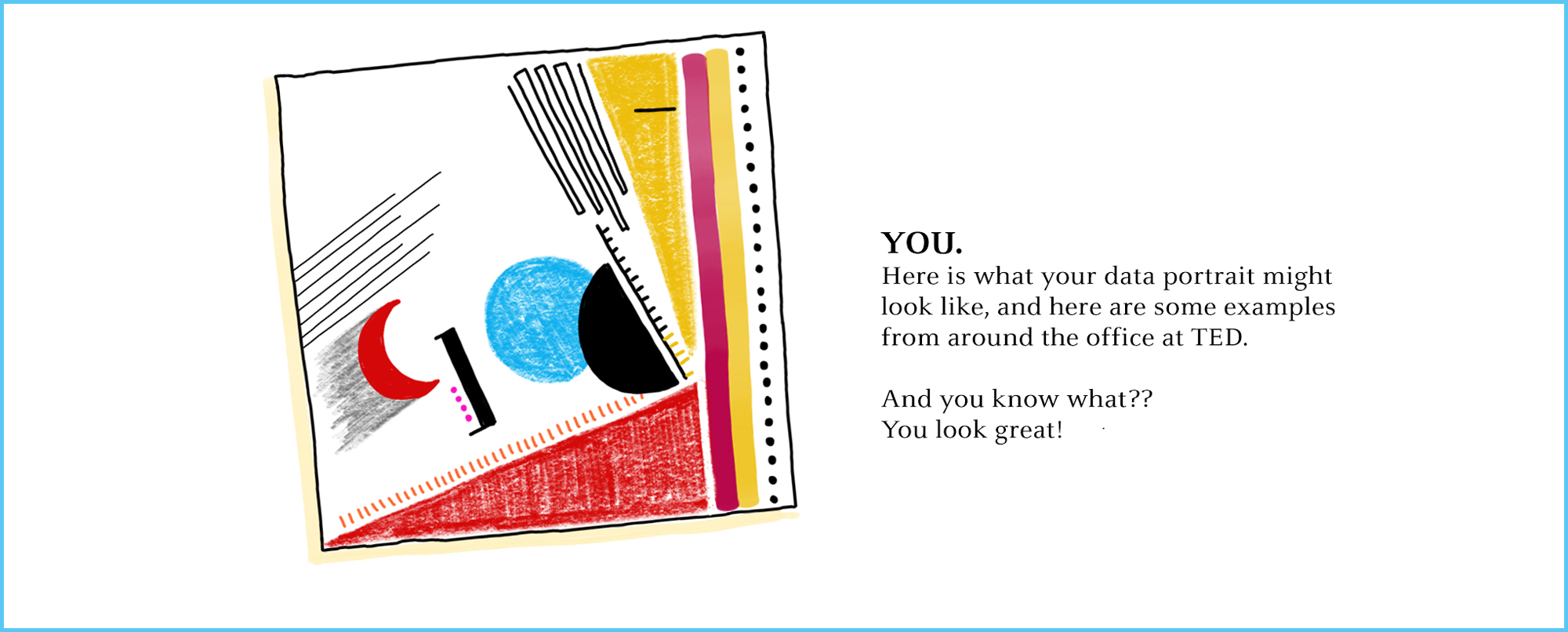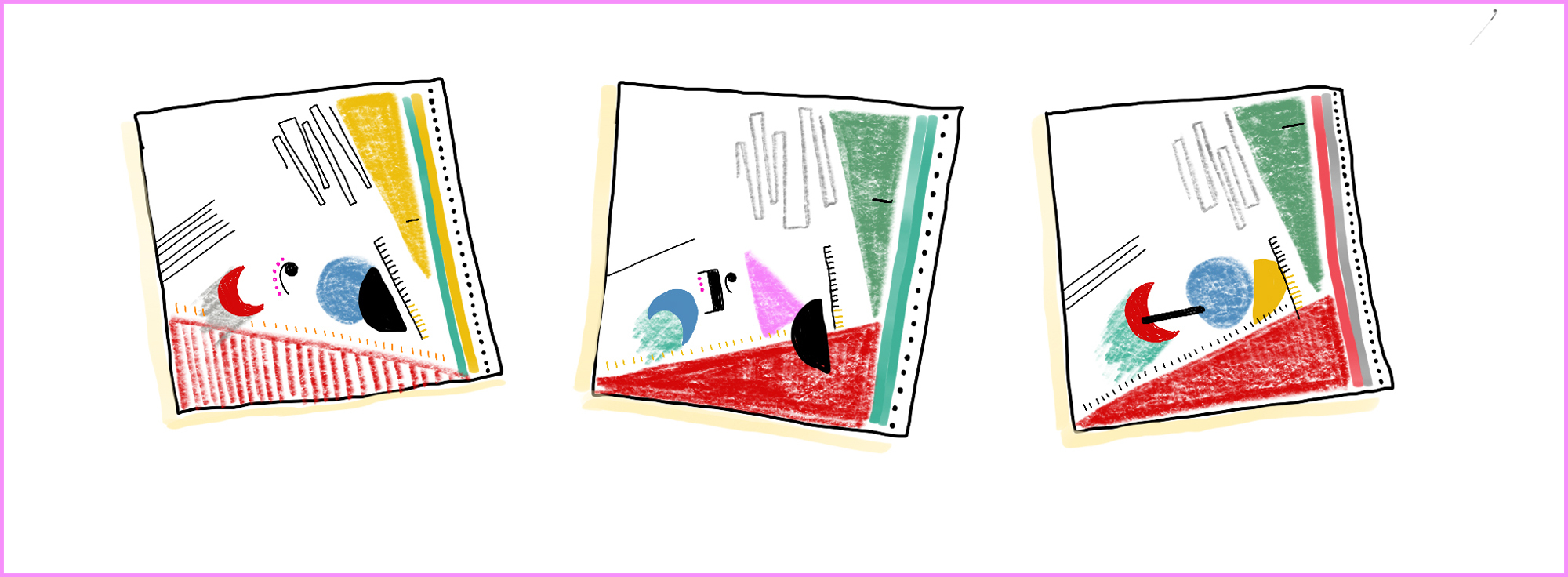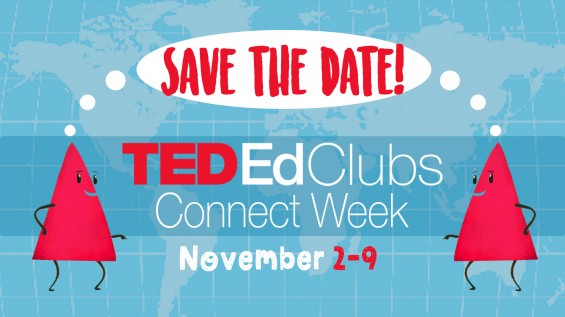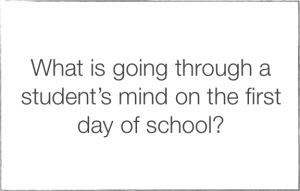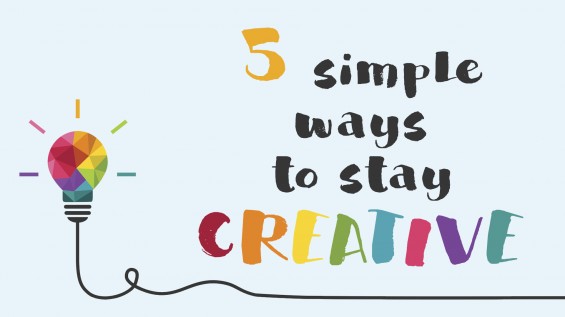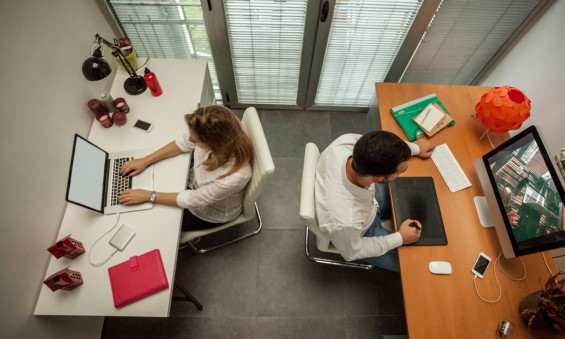
How to draw your own selfie — using your personal data
Designer Giorgia Lupi wants to change the way we think about data — far from being cold facts and numbers, it can be warm and often flawed. Follow her step-by-step instructions to generate a data-driven perspective on the person you know best: you.
We humans constantly generate data, and it’s constantly being tracked for us. Every step we take, every item we purchase, every website we visit snowballs into a mountain of information — it’s no coincidence that it’s called Big Data. Data drives many of our decisions today: for example, Amazon suggests what we should put into our shopping carts based on its analysis of our buying history and the history of people with similar tastes; Netflix deploys proprietary formulas to steer us to movie and TV choices so we keep bingeing. Data can also be a great source of anxiety — we worry about our personal information being stolen or used against us. But what if we could take ownership of our day-to-day data and use it to tell our own story instead?
That’s what Giorgia Lupi, co-founder and design director at Accurat, a New York City- and Milan-based firm, is trying to do (TED Talk: How we can find ourselves in data). She looks at data from a perspective she calls “data humanism” that emphasizes its vitality and color. It’s time, she says, “to begin designing ways to connect numbers to what they really stand for: knowledge, behaviors, people.” She urges to think beyond the hackneyed forms of data visualization — the bar graphs, the linear timelines — and dream up other ways to turn statistics into a story. A data portrait can be a great way to begin reclaiming and recycling your personal information. And there’s no right or wrong way to do it; it’s like a selfie, but made out of data points rather than pixels.
Here’s a template you can use to start taking your data in your own hands. The process is straightforward: just answer these questions, then draw. And don’t worry, it’s meant for artists and non-artists.
Remember that data, like us, is imperfect. “It’s time to leave behind any presumption of absolute control and universal truth,” says Lupi. Since we get our data from humans; it’s riddled with human error and tainted by biases. We should embrace these imperfections, just as we embrace imperfections in ourselves and others. These portraits are only the start of forming a new relationship with your data. Once you feel more connected to it, you’ll see it differently. We must treat data “as the beginning of the conversation,” Lupi says, “and not the end.”
ABOUT THE AUTHOR
James Freitas is a writer from Massachusetts. This piece was adapted for TED-Ed from this Ideas article.
